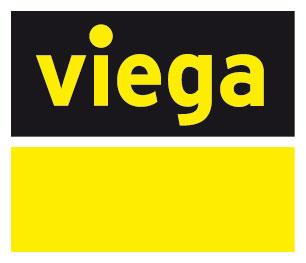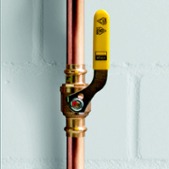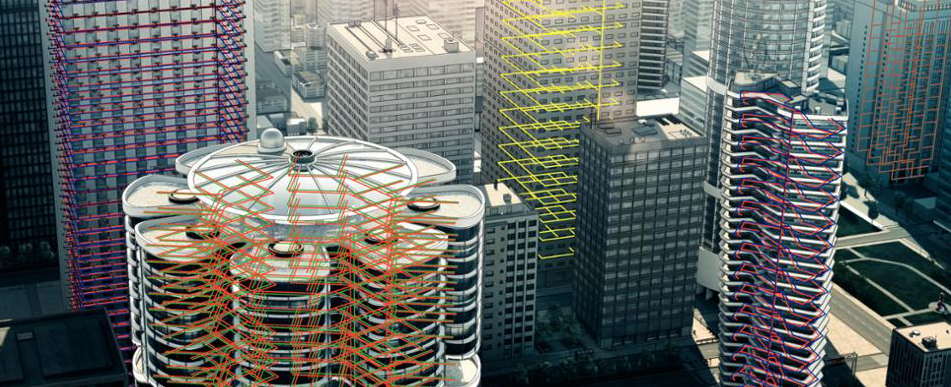There are several important keys to consider in the shipbuilding manufacturing process. Even though it may be smooth sailing for ships at sea, getting to that point is not always simple. Construction delays can postpone a ship’s departure and potentially increase total project costs.
Case in point: Between 2007 and 2018, the U.S. Navy planned to spend $182 billion on shipbuilding. They were over budget by $24 billion because of delays.
While the efficiency of vessel construction is difficult to improve, innovative technologies that considerably cut labor hours are the catalyst for dramatic change. Here are three labor-savings techniques with a proven impact on the “typical 18-month build cycle.”
#1: Automatic Skew Control Systems to Load Machines
Automation technology has a presence across industries, and the marine market is no exception. Just a few years back, General Electric supplied the Dalian Shipbuilding Industry Company, the largest shipbuilding company in China, with drive and automation systems for the Goliath Crane. The goal was to push shipbuilding boundaries, and that’s just what they did.
Thanks to automatic skew control systems, the technology allows two 600-ton cranes to operate simultaneously. In the shipbuilding manufacturing process, that means heavier loads can be handled faster — an added value for larger vessels in particular. This degree of efficiency has helped the Dalian Shipyard serve a growing generation of larger container and liquefied natural gas (LNG) vessels.
#2: Robots that Autonomously Remove Surface Contaminants
Removing rust and other contaminants from a ship is typically a labor-intensive step during the shipbuilding manufacturing process, but it’s one you can’t skip. Any debris left behind on a vessel can cause paint to chip prematurely, increasing exposure to sea life that could slow the structure down and use more fuel.
For Samsung Heavy Industries, the third largest shipbuilder in the world, spider robots have been the answer to a more efficient process. Used at the Geoje Shipyard in South Korea, these robots crawl over the surface of a vessel, blasting away any rust or contaminants prior to the paint job. The push toward digitizing these types of tasks has made the shipyard safer while freeing up laborers to work on other parts of the shipbuilding manufacturing process.
#3: Press Technology for Pipe Installations
Modern welding techniques are often used to join pipes in ship construction. But what happens when the shipbuilding manufacturing process is expected to last between 12 to 18 months and calls for more than 8,000 pipe fittings? The slow installation speeds of this highly skilled technique make it difficult to stay in line with planned timelines.
Looking for time savings during the shipbuilding manufacturing process? St. Johns Ship Building in Florida, for example, opted to replace welding with a faster, more reliable alternative: Viega’s press fittings. After assembling a complete piping system, employees can simply go down the line and press each fitting on the pipe in seven seconds or less. (Compare that to the 20 to 25 minutes it would take to weld the same joint.)
That’s not where time savings stop, though. Plenty of other factors contribute to the typical six- to eight-week reduction we’ve seen in the build cycle:
- By eliminating the need for a fire watch or hot work permit, Viega’s cold press technology also prevents the release of toxic fumes and paint or smoke damage
- Without the need for consumables, there is little to no cleanup once work is complete
- The use of a portable press tool and no flame means that installers can work in close proximity at the same time (i.e., deck coverings and bulkheads can be prepared while fittings are pressed into watertight, permanent positions)
The combination of the above elements has allowed St. Johns Ship Building to save tremendous labor and made pipe work easier for employees to complete. This has provided more avenues for profit and a more consistent product — the combination of which benefit vessel builders and owners alike.
Ready to learn more about Viega’s ocean approved technology that can help improve your shipbuilding manufacturing process? Find additional details here.









